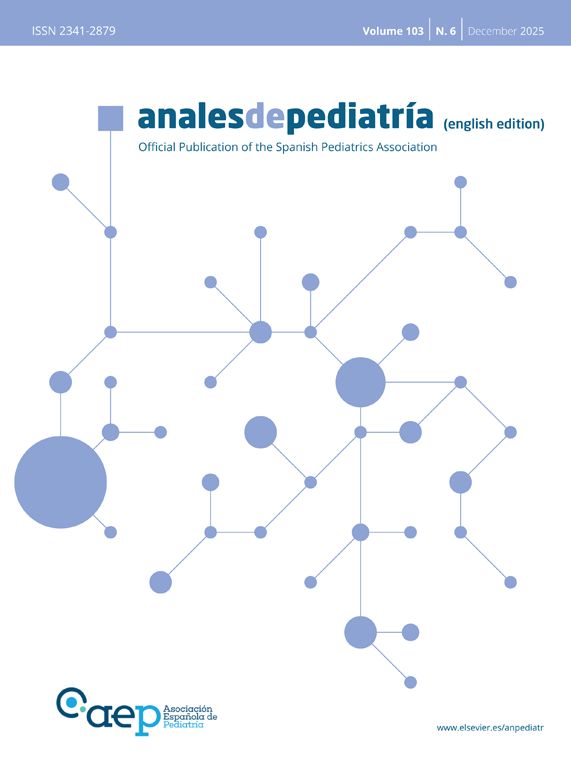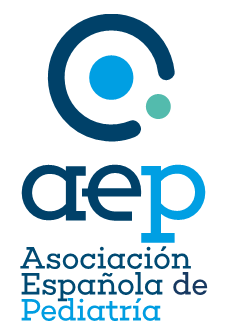A patient aged 4 years presented with suspected torticollis with onset several years prior that was refractory to treatment. The examination revealed a left cervical hump associated with limitations in turning and tilting that was assessed with a cervical X-ray (Fig. 1).
A hemivertebra is a rare congenital vertebral defect that results from the anomalous development of the chondrification center of a vertebral body.
These congenital defects are associated with other malformations that clinicians should assess for systematically, as in many cases they are initially asymptomatic.1,2 These include cardiac malformations (10%), genitourinary malformations (23%)3 and intraspinal malformations (up to 40%).
Its treatment can be conservative or surgical and its prognosis is variable, depending on the number of affected vertebrae and the severity of the malformation. Completing the evaluation with MRI or CT scans of the spine is necessary to select the appropriate definitive treatment.
Clinicians must always remember that in the case of persistent or refractory torticollis, ordering X-rays is indicated to rule out vertebral anomalies.






